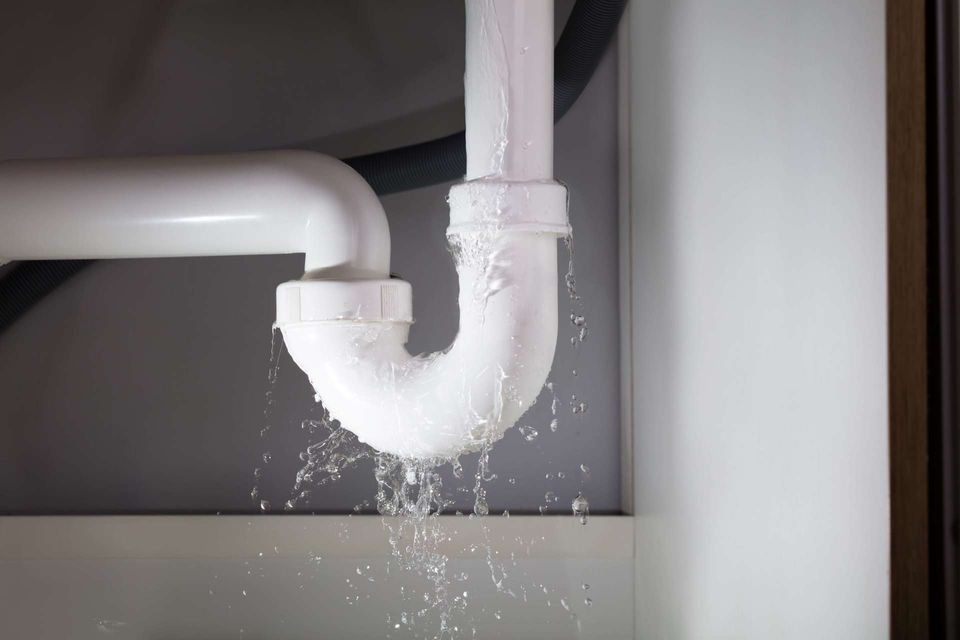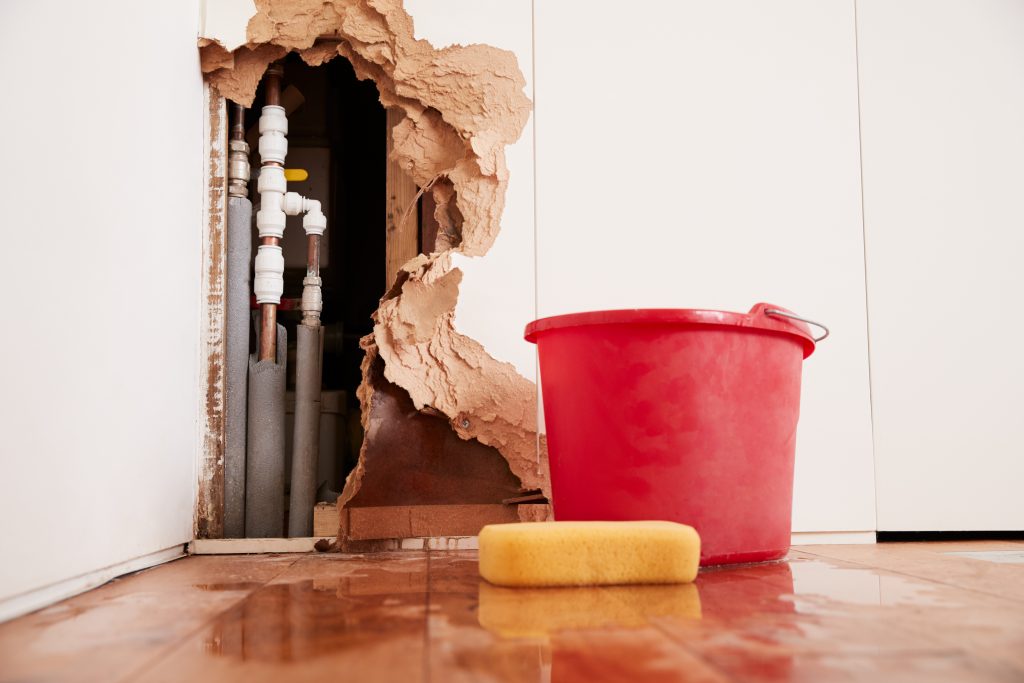6 Ways to Locate Hidden Water Leakages in Your Residence
6 Ways to Locate Hidden Water Leakages in Your Residence
Blog Article
Are you looking for critical info on Detecting hidden plumbing leaks?

Early detection of leaking water lines can reduce a prospective catastrophe. Some small water leakages may not be noticeable.
1. Analyze the Water Meter
Every home has a water meter. Checking it is a surefire way that helps you discover leaks. For starters, switch off all the water resources. Make sure no person will certainly purge, use the faucet, shower, run the cleaning device or dish washer. From there, most likely to the meter and watch if it will change. Considering that nobody is utilizing it, there must be no movements. If it relocates, that suggests a fast-moving leakage. Also, if you discover no changes, wait an hour or more and check back once more. This implies you may have a slow-moving leakage that can also be underground.
2. Inspect Water Intake
If you spot sudden changes, regardless of your intake being the very same, it means that you have leakages in your plumbing system. An abrupt spike in your costs shows a fast-moving leakage.
A constant increase every month, even with the exact same behaviors, reveals you have a sluggish leak that's also slowly escalating. Call a plumber to extensively inspect your property, specifically if you feel a cozy location on your floor with piping beneath.
3. Do a Food Coloring Examination
When it comes to water consumption, 30% originates from bathrooms. Examination to see if they are running correctly. Decline flecks of food shade in the container as well as wait 10 mins. There's a leak between the container and also bowl if the shade in some way infiltrates your dish throughout that time without flushing.
4. Asses Outside Lines
Do not forget to examine your outdoor water lines too. Examination faucets by attaching a yard hose. Ought to water leak out of the connection, you have a loose rubber gasket. Change this and also make sure all connections are tight. It will certainly help obtain it skillfully analyzed as well as maintained annually if you've obtained a sprinkler system. One small leak can lose tons of water as well as increase your water costs.
5. Evaluate as well as Evaluate the Circumstance
Home owners must make it a practice to examine under the sink counters and also also inside cabinets for any bad odor or mold development. These two red flags show a leak so timely focus is required. Doing regular evaluations, even bi-annually, can conserve you from a major problem.
If you recognize your residence is already old, maintain a watchful eye on your heaters, tubes, pipelines etc. Look for stainings and also weakening as the majority of devices and also pipes have a life span. They will likewise normally weaken because of damage. Do not wait for it to intensify if you believe dripping water lines in your plumbing system. Call a professional plumber today so you do not wind up with a terrible mess in your home.
Early detection of leaking water lines can alleviate a potential calamity. Some small water leakages might not be visible. Inspecting it is a surefire way that helps you discover leaks. One tiny leakage can throw away lots of water and also spike your water costs.
If you think dripping water lines in your plumbing system, do not wait for it to escalate.
How to Know If Your Home Has a Hidden Leak
Water Meter Reveals Inexplicable Water Usage
If you’d like to test whether or not there’s a leak somewhere in your home, you can do this using your water meter. Here is how to conduct the test:
Don’t use any water in your home for at least 30 minutes; this also means not turning on faucets or water-using appliances.
Go outside, and check your water meter for activity.
If your water meter shows that there was activity, even though no one was using any water, this proves that there is a leak in your home.Visible Mold or Mildew Growth
Leaks behind walls create moist, dark environments that allow mold and mildew to grow and thrive. Eventually, you might see mold growth forming on the wall closest to a hidden leak.
If mold is growing in an area that receives a high amount of moisture, such as a bathroom, it may simply be an indication that better ventilation is needed. However, if you see mold growth on a wall or the ceiling in an area where you would not expect, you probably have a hidden leak.
Musty, Mildew Odor
Sometimes you might not be able to see the mold or mildew that is growing as a result of a leak. However, the smell can give the problem away just as easily. If you catch a whiff of something musty, there’s a good chance that old water is collecting somewhere in your home that you can’t see.
Stained/Warped Walls, Ceilings, or Floors
When your home soaks up water, a variety of red flags can become visible, including ceiling stains, bubbling drywall, warped walls, and sagging floors. While these issues can be caused by excess humidity, they can also be signs that a pipe or plumbing connection has started leaking behind your walls.
Inexplicably High Water Bill
After a while, you get a general sense for what your water bill should be. If you own a pool or sprinkler system, your bill will tend to be higher during summer. However, if you receive a water bill that seems especially high, and you can’t figure out what caused it, then you may have a hidden leak somewhere that’s increasing your bill.
https://www.plumbingjoint.com/blog/2019/july/how-to-know-if-your-home-has-a-hidden-leak/

We were guided to that editorial about Hacks to detect leaks through a friend on a different web address. Remember to take a moment to promote this entry if you enjoyed it. Thanks a lot for your time. Come back soon.
Report this page